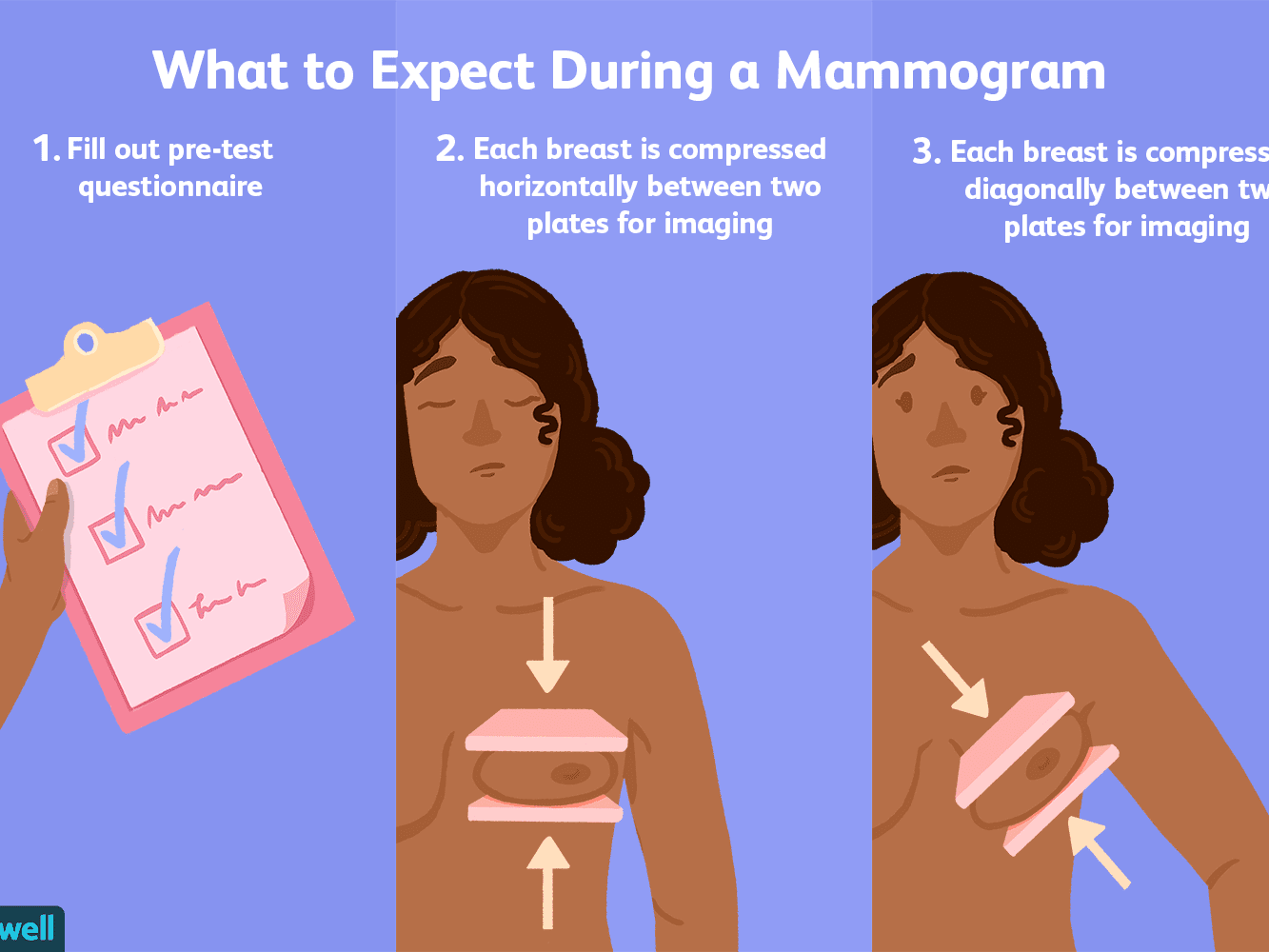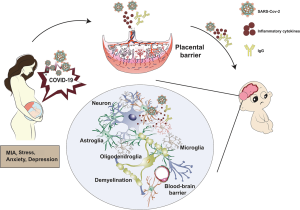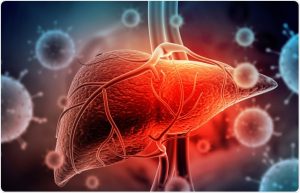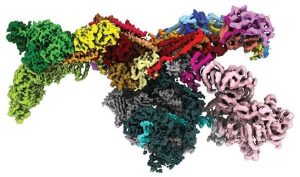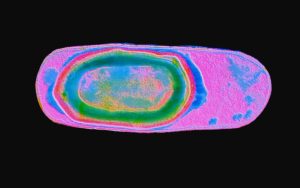According to the National Centers for Disease Control and Prevention, one out of every eight women will develop breast cancer in her lifetime: 30 minutes might be the difference between life and death.
That is why Guthrie Cortland Medical Center is asking people of the greater Cortland region to schedule mammography appointments in honor of Breast Cancer Awareness Month, which begins today. It provided Saturday appointments, but they were all taken during the month.
A mammogram is an X-ray imaging process used to diagnose breast cancer. Guthrie is now providing Saturday morning mammography appointments at its Cortland location for the first time this month.
“I think the Saturday mammo time slots have been very successful because we’re booked through the end of October,” said Guthrie communications coordinator Steve Osterhaus on Thursday. Guthrie is looking into opening more time slots to accommodate the demand.
Dr. Karen Rampton, a Guthrie radiologist, said there is still plenty of weekday appointments available in October. “Mammograms are the best way to find cancers when they’re small and manageable,” Rampton said.
Early detection is important to survival, data show. Stage 0 to 1 breast cancer has a five-year survival rate of more than 99%, Rampton said. At stages 2 to 3, that drops to between 41% and 67%; at stage 4, the five-year survival rate is only 15%.
Rampton said the mammogram process is quick and straightforward. “Between the time you come in the door and the time you leave, it’ll be about 30 minutes,” she said. “A mammogram technician takes the patient to the screening room. We take four pictures of the breast tissue, two on each side.”
Compression of the breast tissue is necessary for a good image, she said, but that should not deter women. “For most women, it’s probably not as bad as they’ve heard. We can work with the patients. If it feels like too much, we back off. We never want anyone to be in pain,” she said.
Rampton said Guthrie has added a special paddle to its Cortland facility’s imaging equipment to make the compression process more comfortable.
Guthrie has integrated advanced imaging equipment into its screening processes.
“The biggest change for breast imaging in recent years has been the introduction of 3D mammograms. We offer those at all Guthrie sites,” Rampton said. “Breast MRI has also become an important tool in the past few years.”
The Mayo Clinic reports 3D mammograms reduce the need for follow-up imaging, have slightly better detection rates and improved cancer detections in dense breast tissue. Breast MRIs can be used for detection and determining the extent of cancer after a diagnosis.
Rampton said women over 40, those with family histories of breast cancer, and those with certain genetic mutations should be screened regularly for breast cancer. “That’s been shown to save the most lives,” Rampton said.
Rampton also said having prior screenings helps doctors create a better baseline for each patient. “Having comparisons to prior exams is important to know what’s normal for each individual woman. It makes a big difference,” she said.

